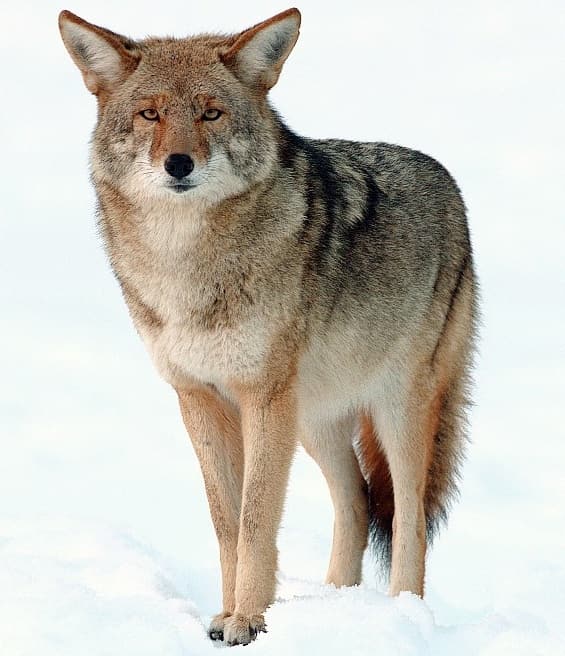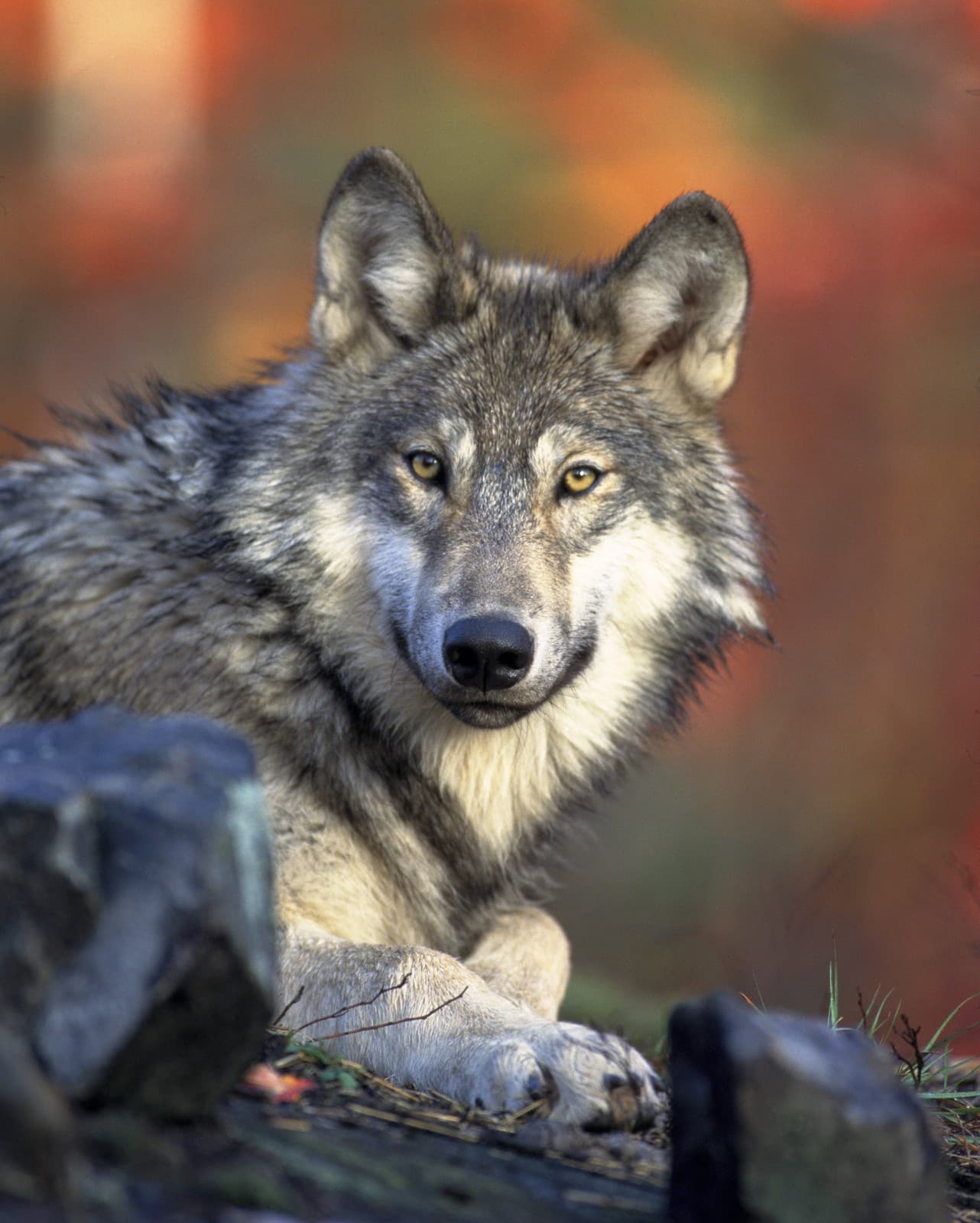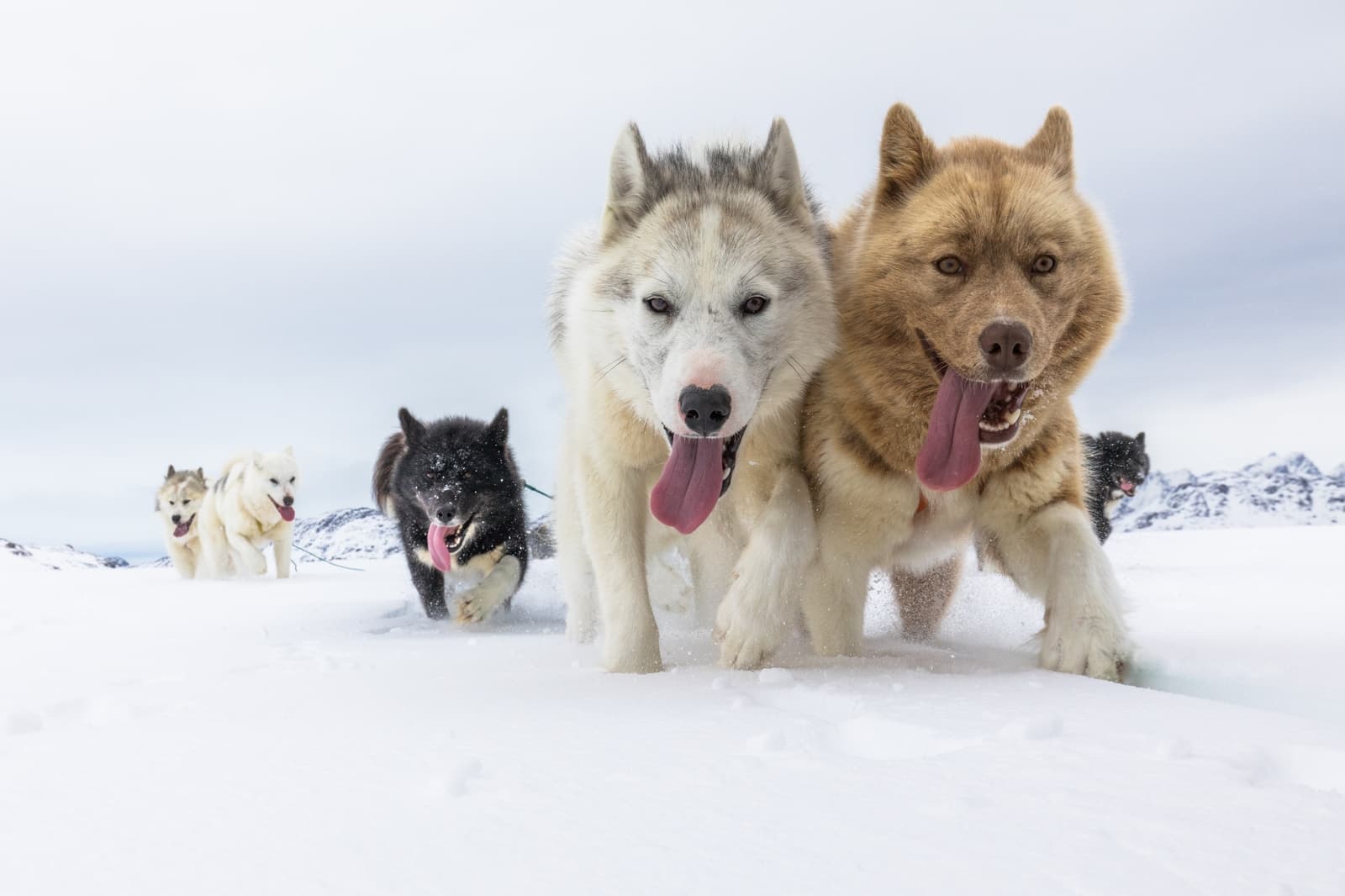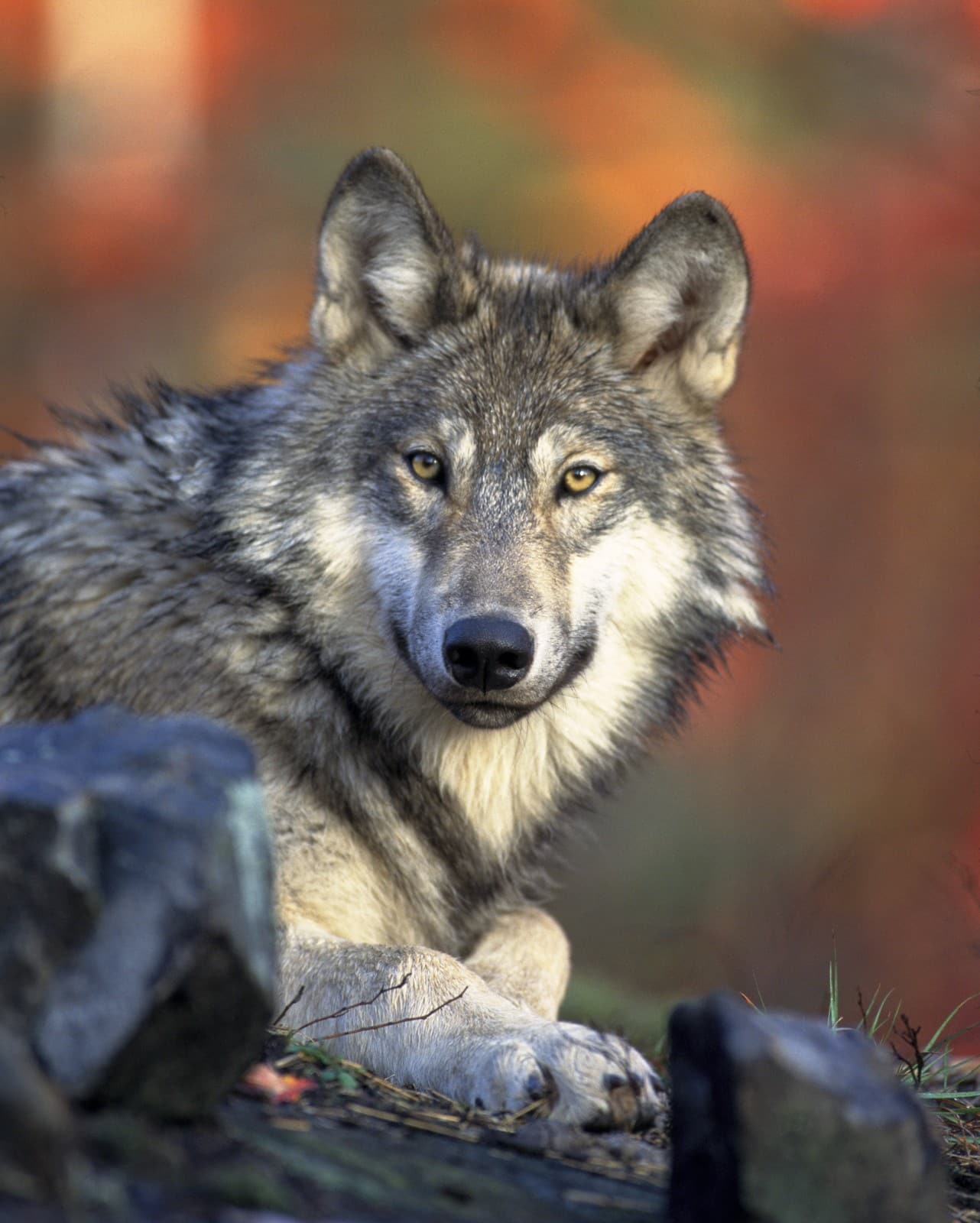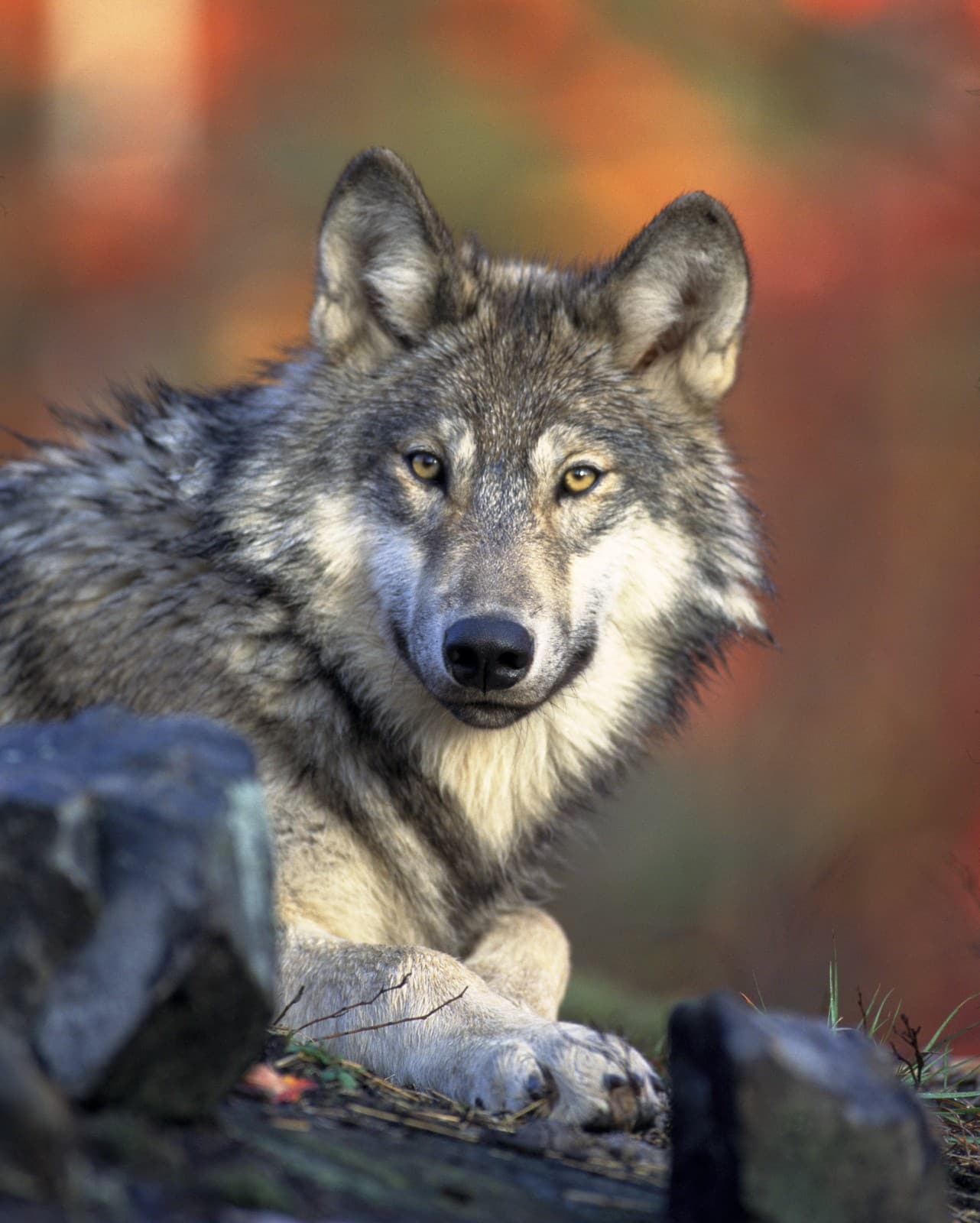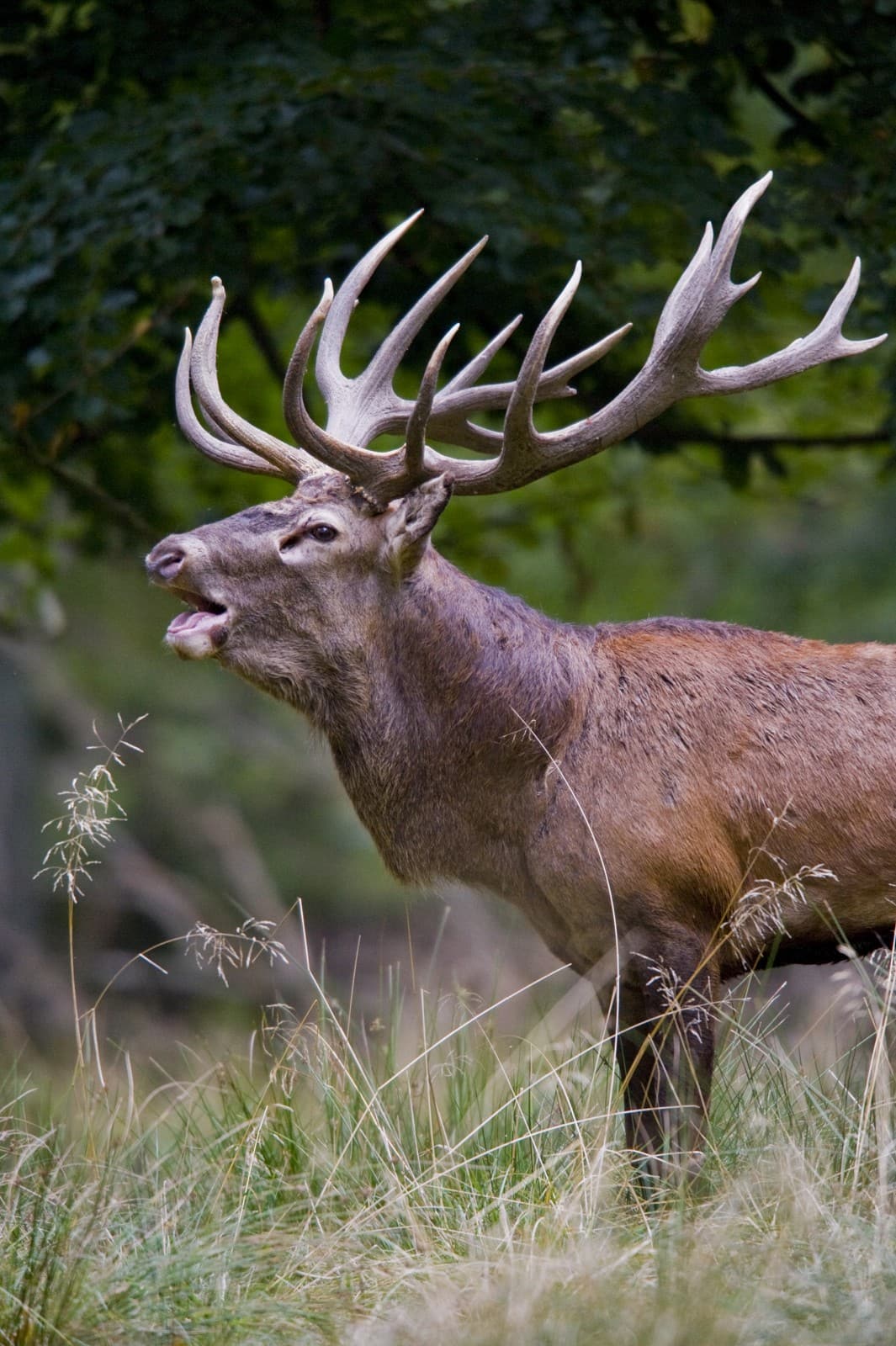German Shepherd vs Wolf: A Complete Comparison
While German Shepherds descended from wolves thousands of years ago, these two canines have evolved distinct differences through domestication and selective breeding. A typical adult wolf weighs 70-110 pounds (32-50 kg) and stands 26-32 inches (66-81 cm) at the shoulder, notably larger than German Shepherds who typically weigh 50-90 pounds (23-41 kg) and reach heights of 22-26 inches (56-66 cm).
Beyond size differences, wolves and German Shepherds display significant variations in skull shape, paw size, and overall body structure. Wolves have longer legs, larger heads, and broader chests adapted for endurance hunting, while German Shepherds were selectively bred for versatility in human service roles.
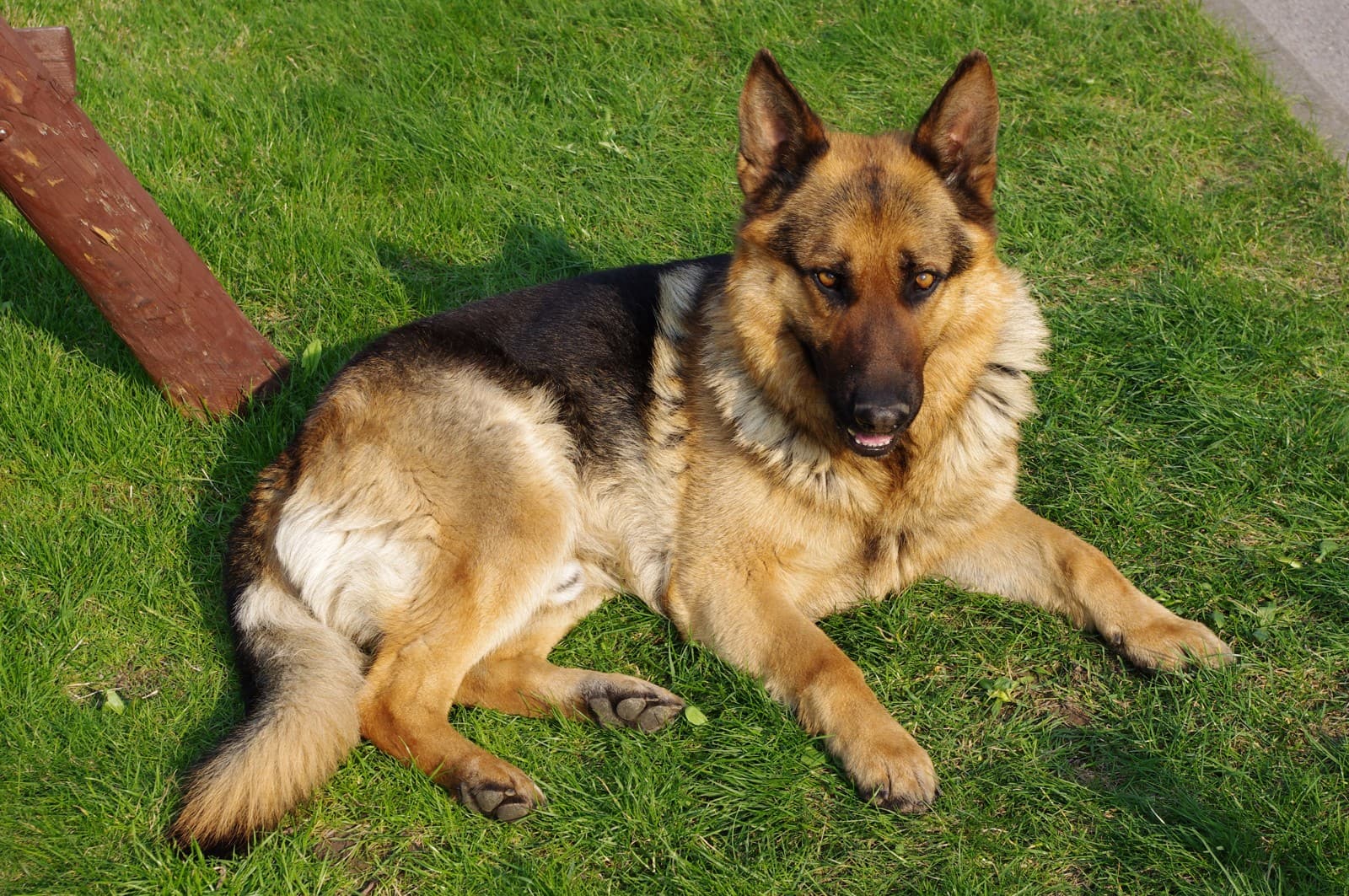
The German Shepherd exhibits the refined characteristics of selective breeding, with its distinctive black and tan coloring, sloped back, and athletic build optimized for working roles alongside humans.

The Gray Wolf showcases its wild adaptations with a more robust skull structure, larger teeth, and thicker neck muscles - features shaped by natural selection for survival in the wilderness.
Key Physical Differences
| Feature | German Shepherd | Wolf |
|---|---|---|
| Weight | 50-90 lbs (23-41 kg) | 70-110 lbs (32-50 kg) |
| Height | 22-26 inches (56-66 cm) | 26-32 inches (66-81 cm) |
| Paw Size | Compact, rounded | Larger, elongated |
| Skull Shape | Shorter muzzle, domed forehead | Longer muzzle, flatter forehead |
| Chest Width | Narrower, deeper | Broader, more barrel-shaped |
| Life Span | 9-13 years | 6-8 years in wild |
Behavioral Differences
German Shepherds display strong human-oriented behaviors resulting from centuries of domestication. They readily form emotional bonds with human family members and show high trainability. Wolves, conversely, maintain complex pack hierarchies and exhibit more independent decision-making, even when raised by humans from puppyhood.
Social Structure
German Shepherds adapt easily to human family structures, while wolves form rigid pack hierarchies that rarely accept human integration. Even hand-raised wolves retain strong wild instincts and cannot be reliably domesticated.
Physical Capabilities
Endurance and Speed
Wolves possess superior endurance, capable of traveling 30-50 miles (48-80 km) daily while hunting. German Shepherds, though athletic, are built for shorter bursts of activity. Both can reach speeds of approximately 30 mph (48 km/h), but wolves maintain high speeds for longer durations.
Bite Force
Wolves exhibit a bite force of around 1,200 PSI (pounds per square inch), compared to the German Shepherd’s approximately 238 PSI. This significant difference reflects their divergent evolutionary paths - wolves needed stronger bites for hunting large prey, while German Shepherds were bred for controlled bite work.
Intelligence and Trainability
German Shepherds rank among the most trainable dog breeds, consistently placing in the top three for working intelligence. They can learn new commands in as few as 5 repetitions and obey first commands 95% of the time.
Wolves possess different types of intelligence focused on survival and pack coordination. While highly intelligent, their problem-solving abilities center on natural behaviors rather than human-directed tasks.
Habitat and Living Requirements
German Shepherds adapt well to various living situations, requiring approximately 2 hours of daily exercise and mental stimulation. Wolves need vast territories, typically 50-1,000 square miles (129-2,590 square kilometers), and cannot thrive in domestic settings.
Health and Lifespan
German Shepherds commonly face breed-specific health issues like hip dysplasia and degenerative myelopathy, with lifespans of 9-13 years. Wolves typically live 6-8 years in the wild, facing different health challenges related to their natural environment and lifestyle.
Conservation Status
While German Shepherds rank among the most popular dog breeds worldwide, gray wolves face various conservation challenges. Many wolf populations are protected under endangered species legislation, highlighting the importance of understanding and preserving these wild canids.
This comparison demonstrates how domestication and selective breeding have created distinct differences between these related species, each adapted to their respective roles in either human society or natural ecosystems.
